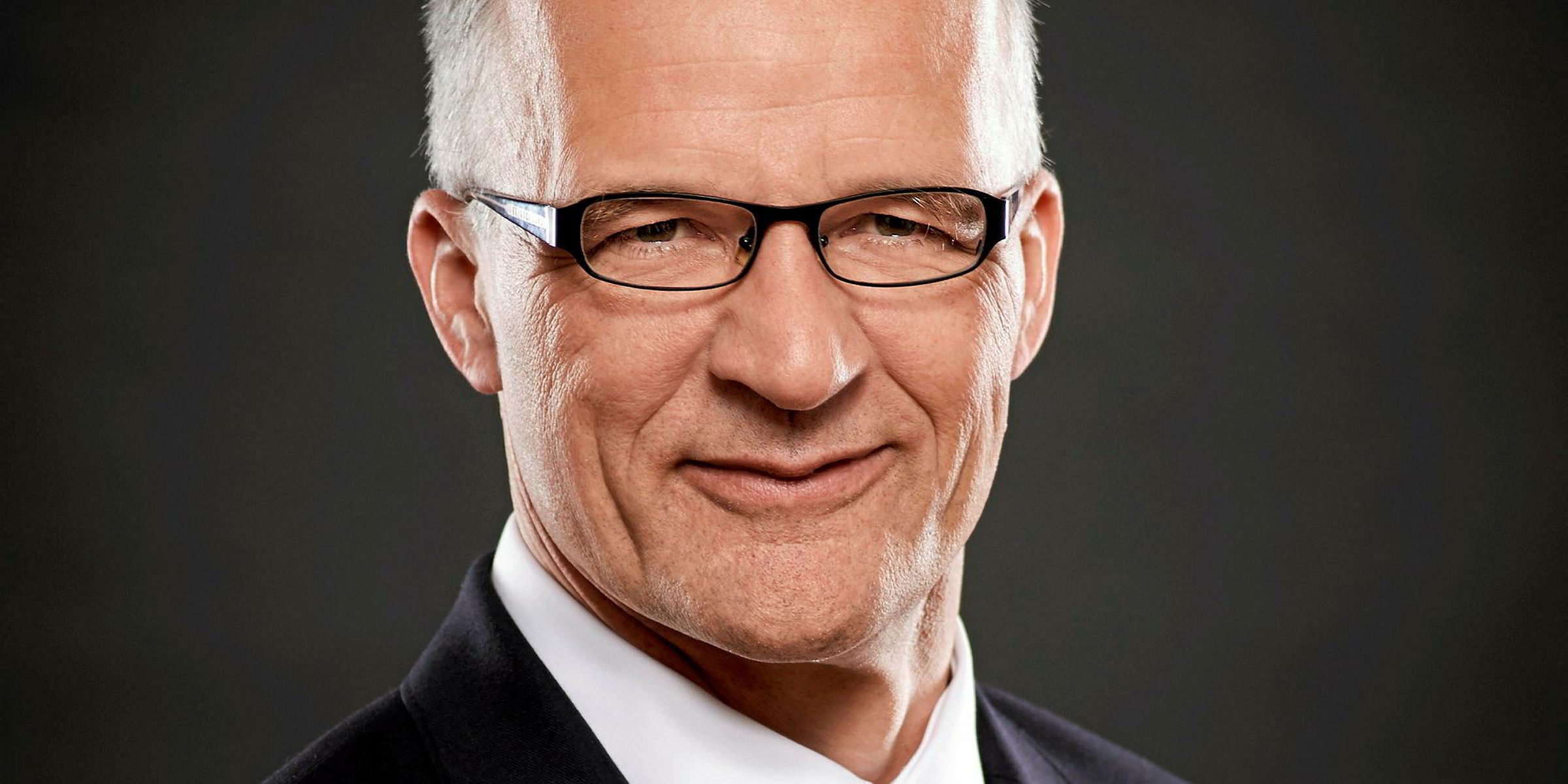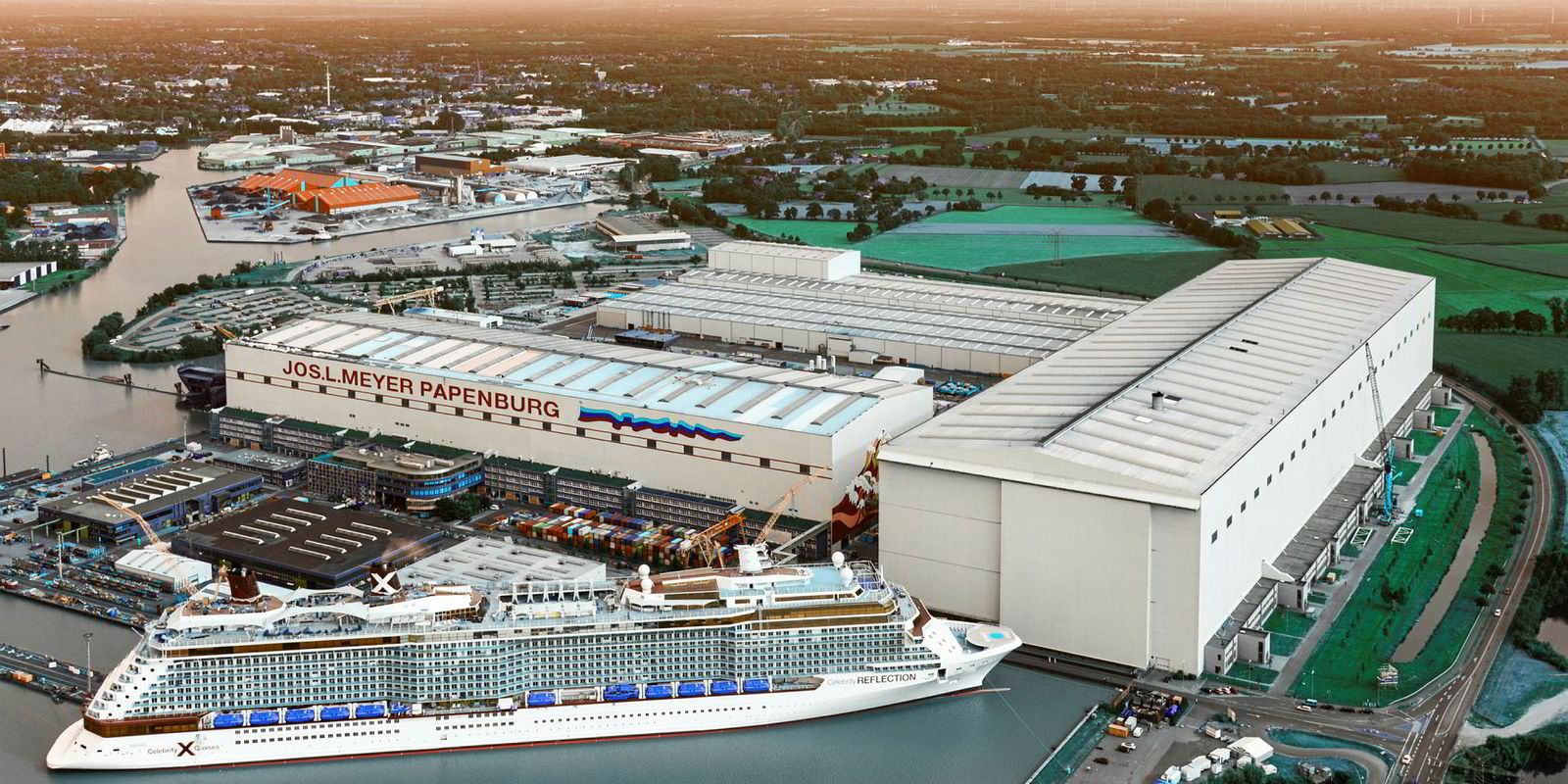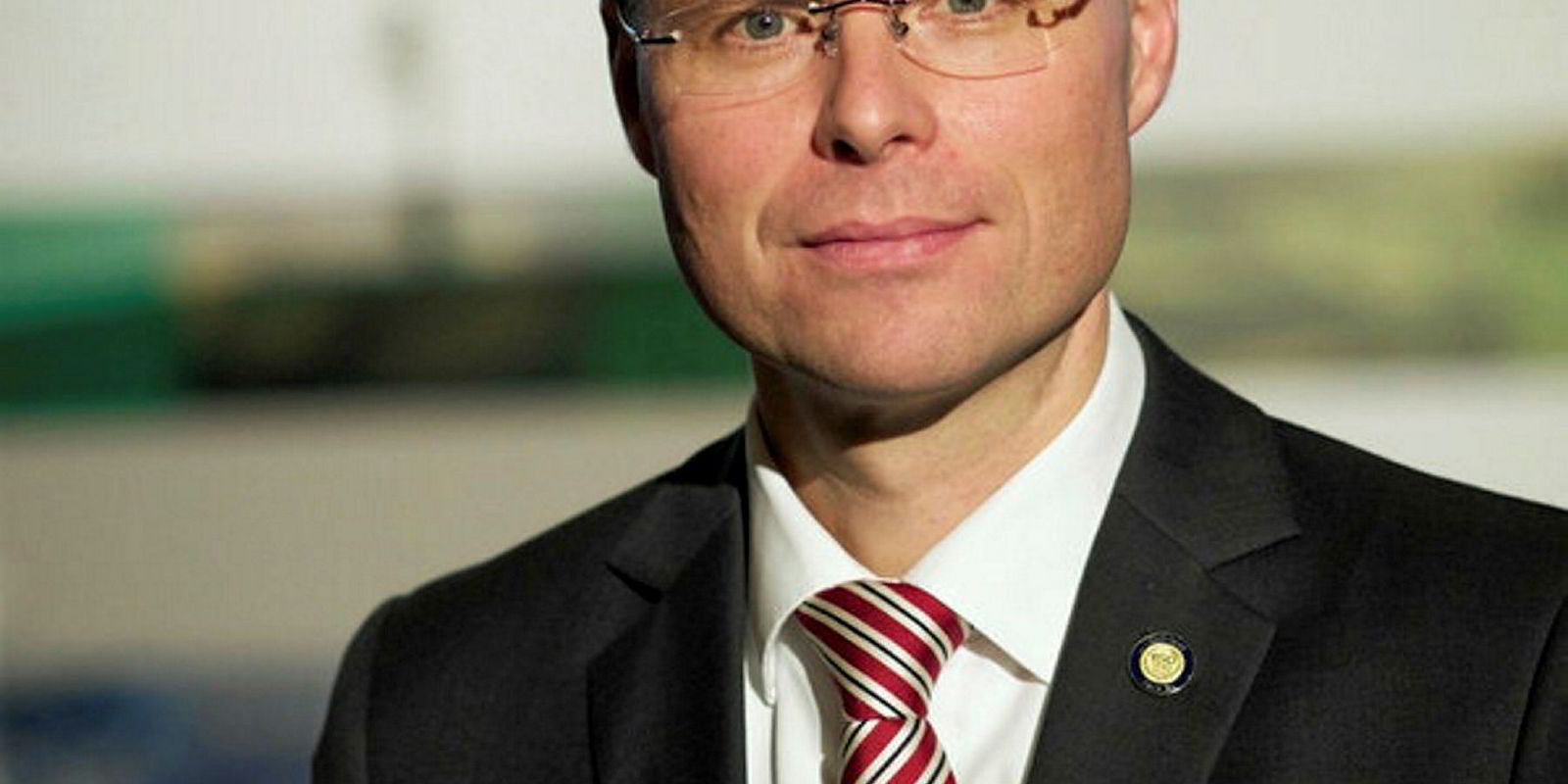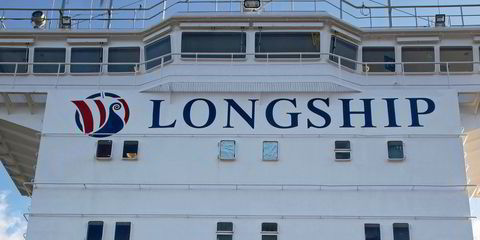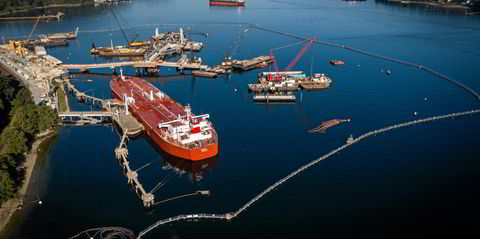German shipyards were building plenty of boxships 15 years ago but, today, they have disappeared from the country’s orderbooks.
To some extent, it was an artificial bubble explained by the fact that yards in lower-cost Asia were full and shipowners, including the newbuilding hungry KG (limited partnership) ventures, were forced to look closer to home to place orders.
Many of those ships were built in eastern Germany at Wismar and Warnemunde but, like elsewhere in the country, they are now dependent on the passengership market.
Hamburg-based Jasper Eggers of Eggers Consulting & Management says the German shipbuilding industry remains an employment issue for the government, with various yards located in some of the poorer areas of the country and highly dependant on the yards.
A reported $570m in state aid was received to modernise facilities and retain jobs in eastern Germany when Bremer Vulkan took over the Wismar and Warnemunde yards at the beginning of the 1990s. Shipbuilding remains the biggest employer in the Mecklenberg-Vorpommern region.
Both yards now have modern covered docks suitable for building cruiseships of a maximum size of 220,000 gt — and, after passing through ownership post-Bremer Vulkan of Aker Yards and Russian entrepreneur Vitaly Yususov’s Nordic Yards, they are now being used by Genting Hong Kong’s MV Weften to construct vessels for its subsidiary companies, Star Cruises and Crystal Cruises.
Some years ago, Stena Line took delivery of what at the time was billed as the largest combined freight and passenger ferries at Wismar and Warnemunde. But constructing a 204,000 gt, 5,000-passenger cruiseship for Star Cruises is another matter. The yards have still to prove themselves, with recruitment and training ongoing.
HDW Kiel, Blohm+Voss and Nordseewerke in Emden were also turning out containerships back in the 1990s — but no more. Yards including Lurssen, which bought the Blohm+Voss facility in Hamburg, have taken up the baton with yacht and naval projects.
Lloyd Werft has a strong reputation in the cruiseship conversion and refit market, including the engine change from steam to diesel-electric on Cunard’s Queen Elizabeth 2.
But its newbuilding orderbook ran dry and Genting appeared to have ensured its future by acquiring the Bremerhaven facility, with the prospect of potentially billions of dollars of cruiseship orders.
Instead, those contracts appear to have been apportioned mainly to MV Werften's Wismar and Warnemunde yards.
Bremerhaven, also in one of Germany’s less prosperous areas, relies heavily on the shipyard industry for jobs.
It has attempted to switch to offshore wind projects but has seen that market come under pressure, while Germany has been importing technology from the Far East. Conversion and repair work remains its main source of revenue.
Eggers says companies such as Meyer Werft are efficient and well organised but the dependence on cruiseships in Germany depends on that sector of the leisure industry continuing to flourish.
As with Flensburger Schiffbau-Gesellschaft’s ropaxes and cruise ferry orders, a steady flow of projects is needed.
Commitment by the German government is required to keep the “show running” and retain a skilled workforce.
